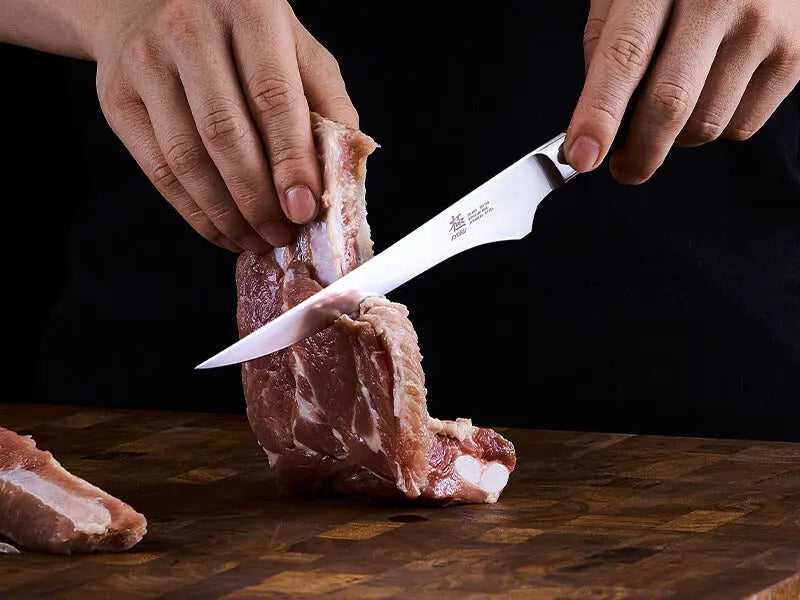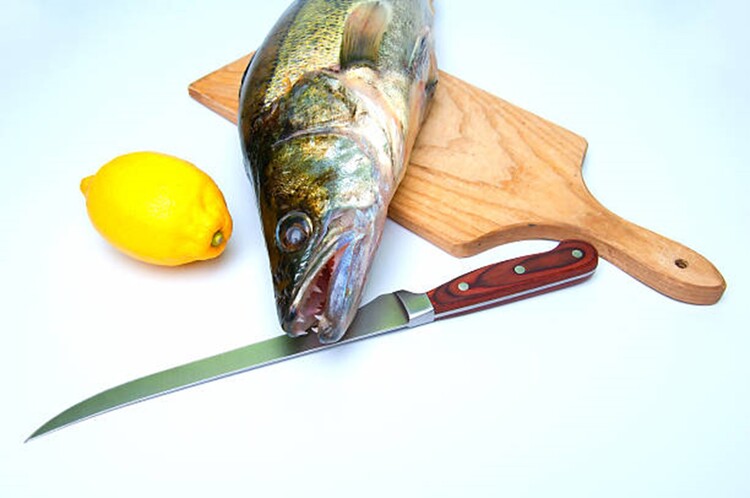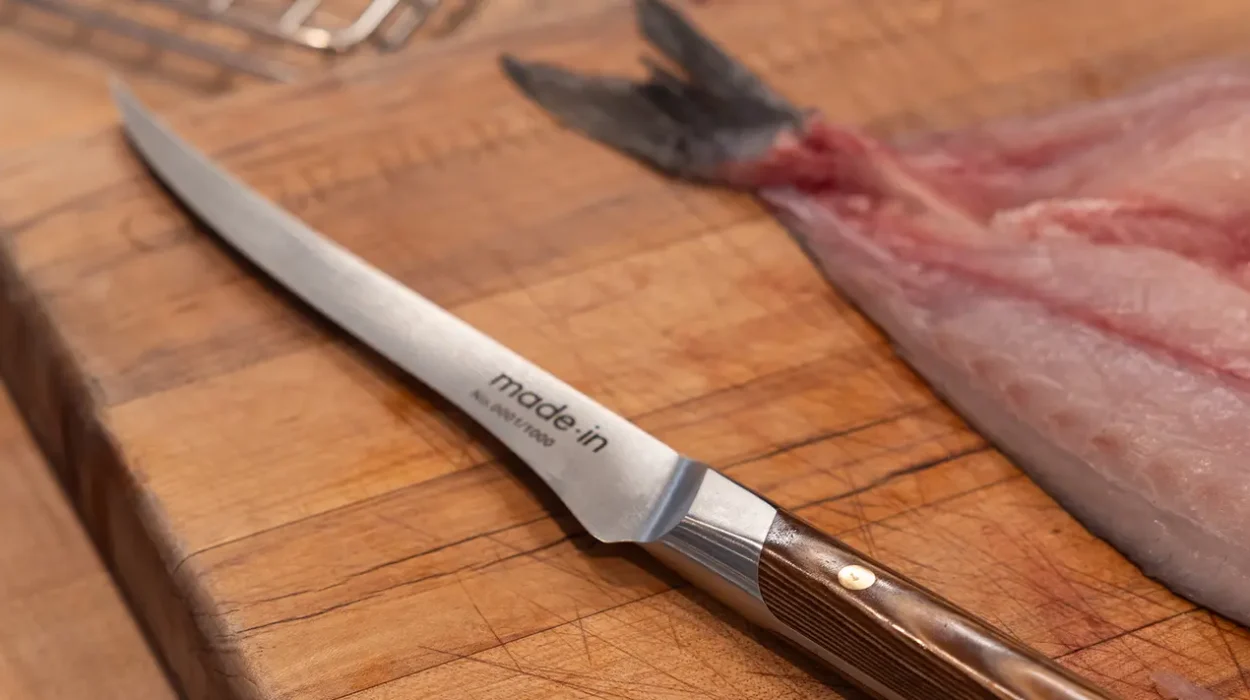The art of maintaining kitchen tools is a crucial skill for culinary professionals. Among these tools, the boning knife stands out due to its versatility and importance in precise cutting tasks. One of the fundamental aspects of maintaining a boning knife is ensuring its blade is properly oiled. Understanding the process of oiling boning knife blade not only prolongs its life but also enhances its performance. In this article, we will explore why oiling is essential and how you can master this simple yet effective maintenance practice.
Whether you’re a seasoned chef or a culinary enthusiast, taking care of your tools is paramount. A well-maintained boning knife can make all the difference in your kitchen endeavors. Let’s delve into the world of knife maintenance and discover the benefits of proper oiling boning knife blade.

Understanding the Importance of Oiling
Oiling your boning knife blade is more than just a routine task; it’s a preventive measure that protects your knife from rust and corrosion. The blade of a boning knife is often exposed to moisture and acidic substances, which can lead to deterioration over time. By applying a thin layer of oil, you create a protective barrier that repels moisture and keeps the blade in prime condition.
Benefits of Regular Oiling
- Prevents Rust: Regular oiling prevents rust, which is a common enemy of steel blades.
- Enhances Longevity: Oiling extends the life of your knife by preventing corrosion.
- Smoother Cuts: A well-oiled blade offers smoother and more precise cuts, improving your culinary experience.
Choosing the Right Oil
Not all oils are suitable for your boning knife blade. It’s essential to choose an oil that is both food-safe and effective at protecting the blade. Mineral oil is a popular choice due to its non-toxic properties and ability to prevent rust.
Types of Oils to Consider
- Mineral Oil: A safe option that provides excellent protection against rust and corrosion.
- Camellia Oil: Known for its protective qualities and suitability for kitchen tools.
- Food-Grade Oil: Ensure any oil used is safe for food contact.
Steps to Oil Your Boning Knife Blade
Proper technique is key when it comes to oiling your knife blade. Follow these simple steps to ensure your boning knife is well-maintained:
- Clean the Blade: Before oiling, ensure the blade is clean and dry to prevent trapping moisture.
- Apply the Oil: Use a clean cloth or paper towel to apply a thin layer of oil evenly across the blade.
- Wipe Off Excess: Remove any excess oil to prevent a sticky residue that can attract dirt.
- Store Properly: After oiling, store your knife in a dry place to maintain its condition.
Common Mistakes to Avoid
While oiling is a simple process, certain mistakes can compromise your knife’s performance. Avoid these common errors:
- Using Excess Oil: Too much oil can attract dust and dirt, leading to buildup on the blade.
- Infrequent Oiling: Inconsistent maintenance can lead to rust and dullness over time.
- Ignoring the Handle: While oiling the blade, don’t forget to maintain the handle for a complete care routine.
Why Boning Knives Need Special Attention
Boning knives are distinct in their design, often featuring a narrow and flexible blade. This design makes them perfect for intricate tasks like deboning meat but also necessitates specialized care. The narrow blade can be prone to rust if not properly maintained, highlighting the importance of regular oiling.
Additional Care Tips
- Sharpen Regularly: Keep your boning knife sharp for optimal performance and easier maintenance.
- Avoid Dishwasher: The dishwasher can cause damage due to high heat and moisture.
- Store Safely: Use a knife block or magnetic strip to store your boning knife safely.
FAQs about Oiling Boning Knife Blade
How often should I oil my boning knife blade?
For optimal performance, oil your boning knife blade after every use or at least once a week if used frequently.
Can I use cooking oil to oil my knife blade?
It’s best to avoid cooking oils as they can become rancid over time. Opt for mineral or camellia oil instead.
What should I do if my blade has rust spots?
Use a rust eraser or fine grit sandpaper to gently remove rust spots before applying oil.

Conclusion
Maintaining your boning knife blade through regular oiling is a simple yet effective way to extend its life and performance. By understanding the importance of oiling and implementing the right techniques, you ensure that your knife remains a reliable tool in your kitchen arsenal. For more insights on choosing the right boning knife, visit choosing the right knife. Additionally, learn more about what makes a boning knife essential in your culinary toolkit by exploring this comprehensive guide.
This article contains affiliate links. We may earn a commission at no extra cost to you.


